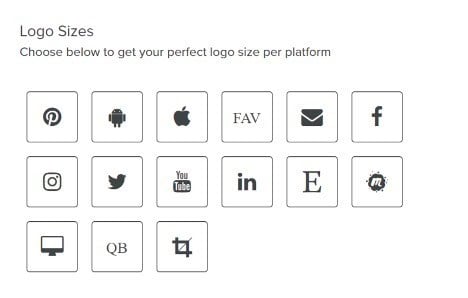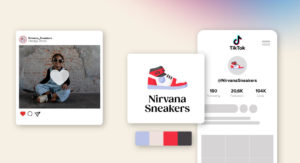Logo files come in many shapes and sizes, each fit for a different purpose.
Wonder why? It’s because there’s no such thing as a one-size-fits-all. For example, LinkedIn, Facebook, Twitter, etc. all have different recommended sizes and file types when uploading a logo. And, the file you’ll need for your logo to look great on screen isn’t the best one to use for print (and vice-versa).
That’s why when you create a logo with our logo generator, you’ll automatically receive downloadable files in every shape, size and format for every scenario. But, if you’ve designed a logo yourself or went through a designer, make sure to understand what each file type is for and which ones you need.
The most typical file formats you’ll see are:
– PNG – Portable Network Graphic. Mostly used for web graphics, such as logos and digital photographs
– SVG – Scalable Vector Graphics. Also used for web graphics, but slower to load than PNG files. Best used when you need to scale the image.
– EPS – Encapsulated PostScript. A format used when printing logos and images
– PDF – Portable Document Format. Typically used for documents, manuals and sometimes items like leaflets.
As you can see, each file type is unique and suitable for using on the web or for print in different situations.





